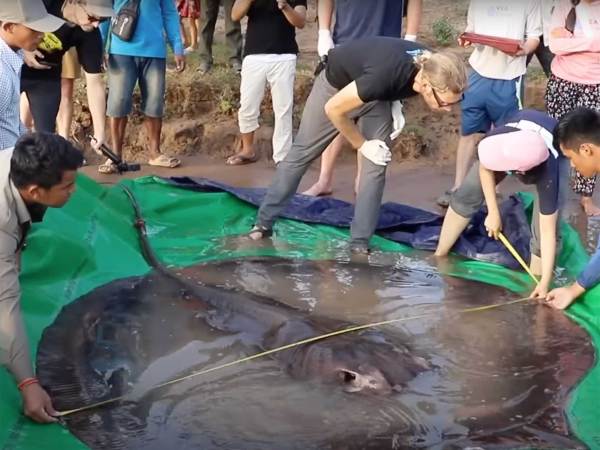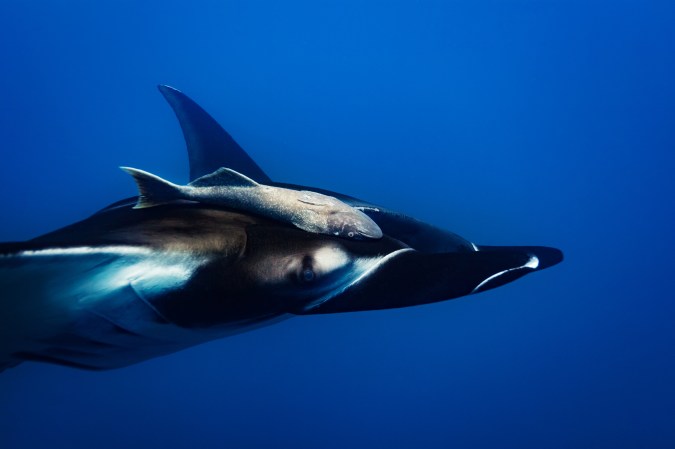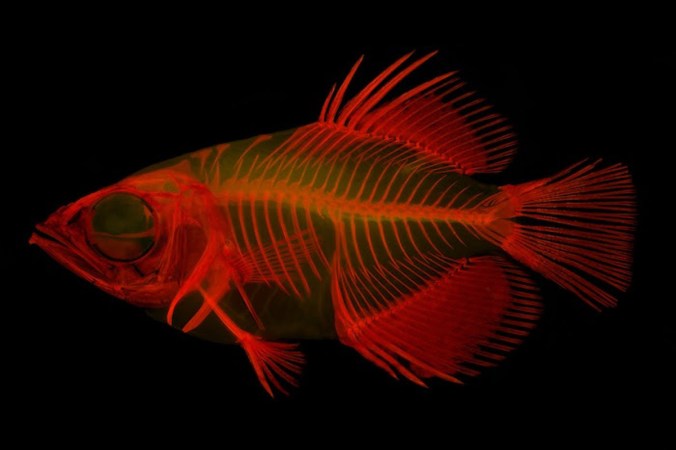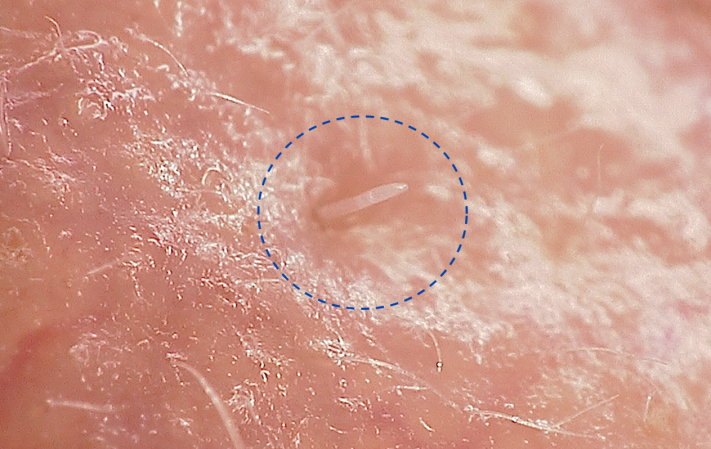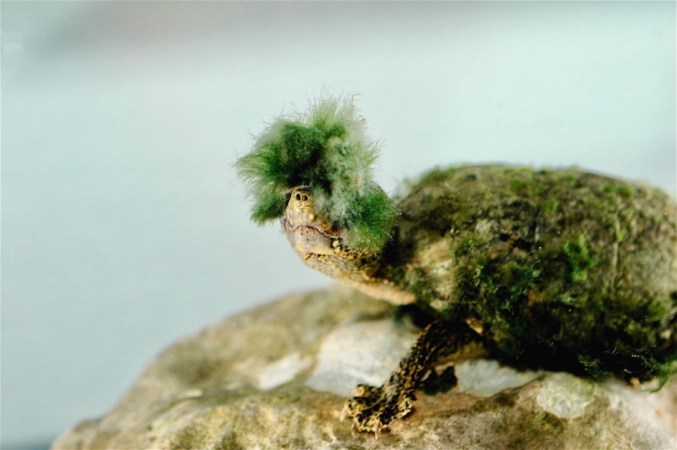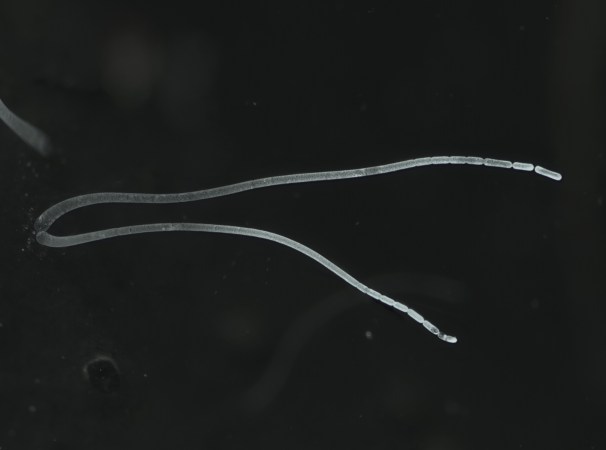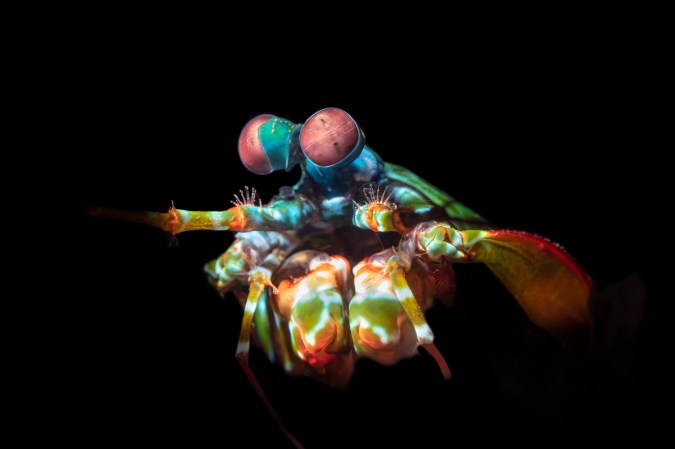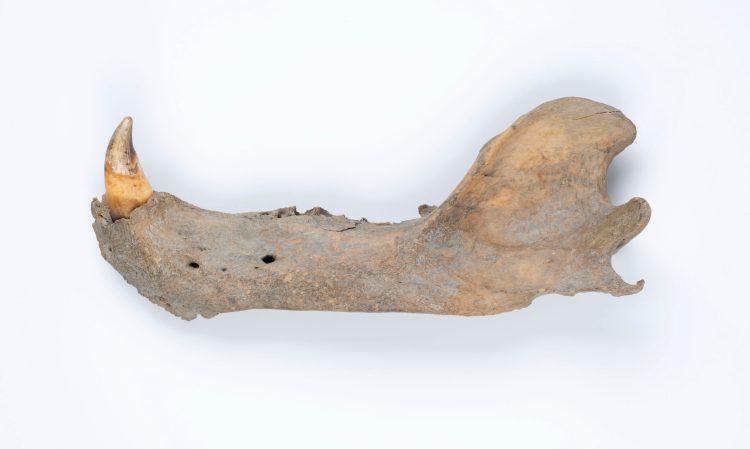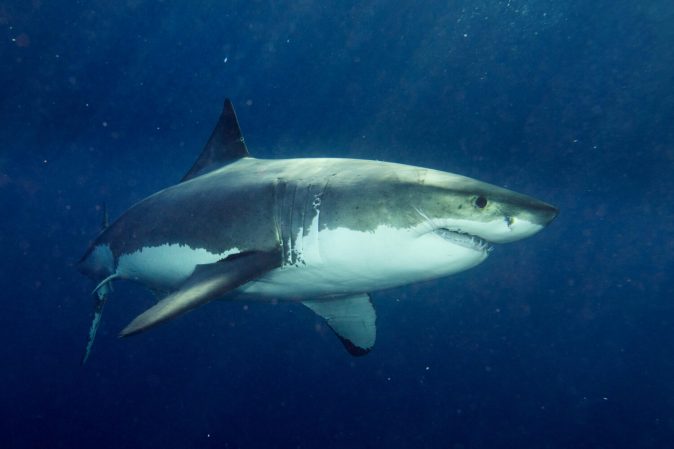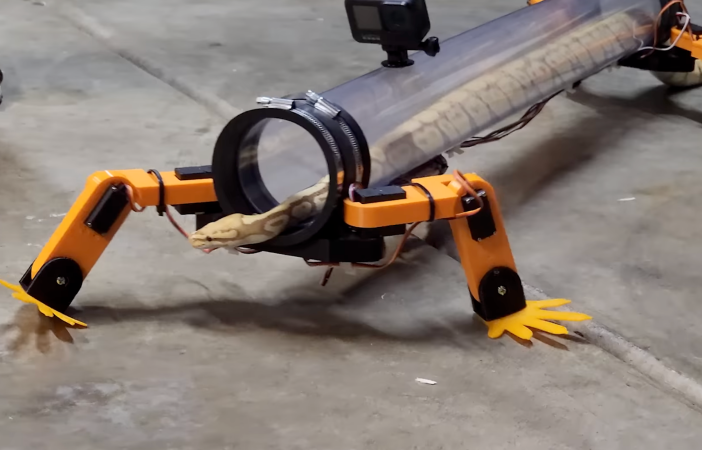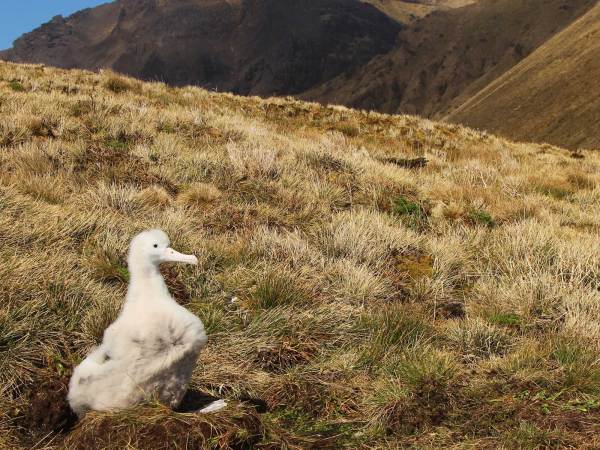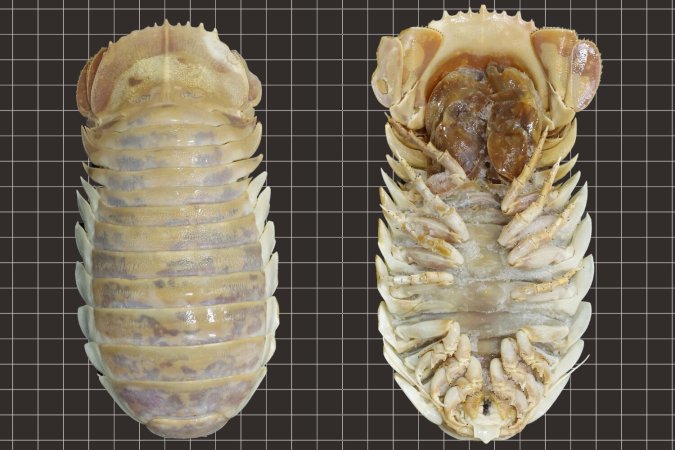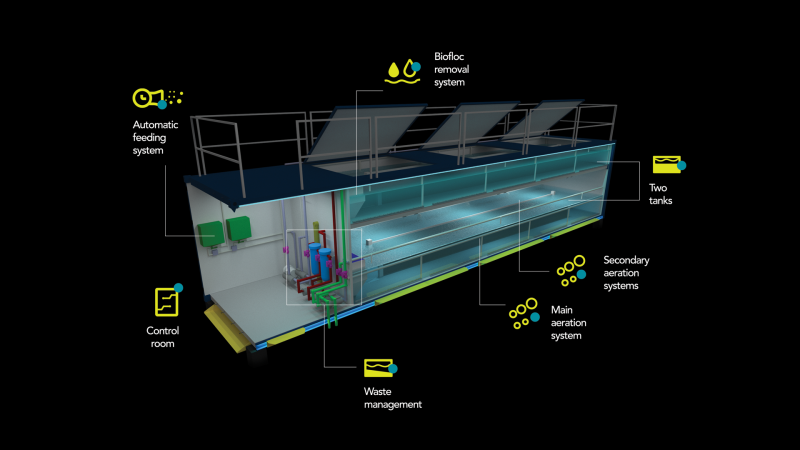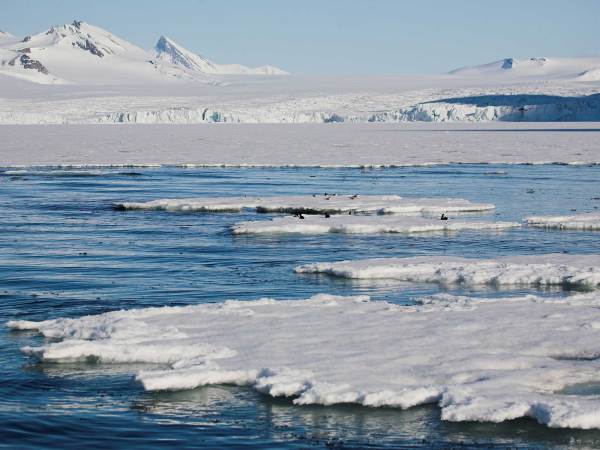

This article was originally featured on Hakai Magazine, an online publication about science and society in coastal ecosystems. Read more stories like this at hakaimagazine.com.
Existing in a seemingly infinite array of shapes, sizes, and colors, marine fishes are easy enough to tell apart. Unfortunately, the same cannot be said about their eggs.
The eggs of marine fish are so difficult to discern from one another that even aquarium curators like Kylie Lev, who works at the California Academy of Sciences’ Steinhart Aquarium, often have no clue which fishes spawned the eggs floating around in their aquarium’s multispecies exhibits. The inability to identify these embryos is a major hurdle to building a more sustainable aquarium trade, Lev says.
Although many aquariums have breeding pairs on display, the majority of tropical marine fish in public aquaria come from the wild, says Lev. “We can offset some of that by raising fish,” she says.
Though the number of fish species bred in captivity is growing larger all the time, aquarists and private breeders have only figured out how to culture a small fraction of the marine fish species often seen at aquariums, such as clownfish and blue tang. Tens of millions of fish are removed from coral reefs and other sensitive marine habitats each year to keep private and public aquaria stocked. Although scientists have yet to determine the full ecological impact of the aquarium trade, what they do know doesn’t look good.
That’s why, for the past year, Lev and her colleagues have been working with other aquariums creating an open-source catalog of marine fish eggs.
By using this catalog, which launched late last year, aquarists can easily identify the stray eggs in their saltwater exhibits, allowing them to focus their limited rearing resources on species they have the best chance of raising successfully. The catalog already contains nearly 50 different species, including—thanks to Lev—the highly coveted peppermint angelfish, a spade-shaped fish with candy cane–esque coloration that costs thousands of dollars. Peppermint angelfish are considered the holy grail of ornamental fish.
While no one has figured out how to breed peppermint angelfish in captivity, knowing what their eggs look like may help aquariums breed them in the future—a feat that would save time, money, and a tremendous amount of effort. The breeding pair the Steinhart Aquarium currently has on display was collected during an expedition to Moorea in French Polynesia, where divers had to use specialized equipment to reach the fish 90 meters below the ocean’s surface.
Aquarists at the New England Aquarium and scientists from Roger Williams University in Rhode Island hatched the idea for a catalog more than a decade ago. The idea sat on ice until 2021, when a grant from the Association of Zoos and Aquariums allowed them to develop the catalog into what it is today.
To create the catalog, aquarists like Lev have been collecting fish eggs from their aquarium’s marine exhibits, photographing them under a microscope, then sending them to a lab for DNA barcoding. Although most eggs look identical to the naked eye, their differences become clearer under a microscope. The size of the oil globule, a fatty deposit found in the yolk of fish eggs, varies from species to species, as does the hue of the tissue surrounding it. While most eggs are clear, some eggs are tinted yellow or pink. Some even have spots.
The catalog provides new insights into the early life stages of many marine fish species and creates opportunities for aquarists to raise fish that have never been reared in captivity.
“I think it’s a great initiative,” says Joanna Murray, a marine ecologist at the United Kingdom’s governmental Centre for Environment, Fisheries and Aquaculture Science.
Murray, who was not involved in the creation of the catalog, hopes that new husbandry protocols developed in the wake of the catalog’s publication are shared with the countries where the fish originate. “I think sharing that [information] with source countries could have a really positive impact on the long-term sustainability of the trade,” she says.
Right now, six public aquariums across the United States contribute to the catalog, and new fishes are added to it every few months.
“I think it’s something to be celebrated,” says Lev. “It takes a huge amount of people to make this work.”
This article first appeared in Hakai Magazine and is republished here with permission.

